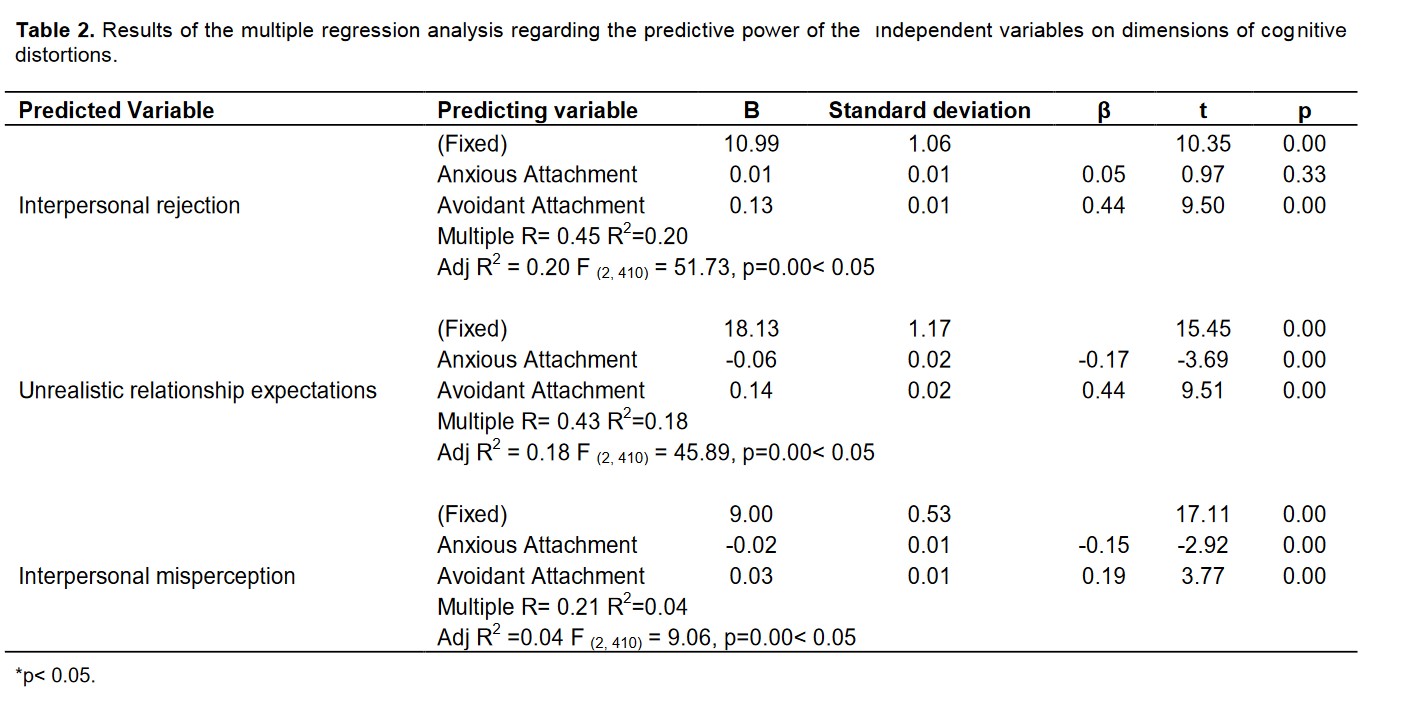Question
What is the research design used by the authors? Why did the authors use correlation or bivariate regression? Do you think it's the most appropriate
- What is the research design used by the authors?
- Why did the authors use correlation or bivariate regression?
- Do you think it's the most appropriate choice? Why or why not?
- Did the authors display the data?
- Do the results stand alone? Why or why not?
- Did the authors report effect size? If yes, is this meaningful?
Sirin, H. D. (2017). The Predictive Power of Adult Attachment Patterns on Interpersonal Cognitive Distortions of University Students. Educational Research and Reviews, 12(18), 906-914. https://files.eric.ed.gov/fulltext/EJ1156267.pdf
The purpose of this study is to determine the explanatory power of the anxious and avoidant dimensions of attachment to explain the interpersonal cognitive distortions. The research was conducted on correlational pattern, one of the quantitative research models. A total of 413 volunteer undergraduates students from Seluk University were research samples. Interpersonal Cognitive Distortions Scale (ICDS), Experiences in Close Relationships-Revised (ECR-R) and personal information forms were used for data collection. Correlation and regression analysis were used to examine the relationships between variables. The major finding of the study was that the basic dimensions of adult attachment are the important variables in the explanation of the individuals' interpersonal rejection, unrealistic relationships expectations and interpersonal misperception distortions. According to the research findings, while the attachment-related avoidance is the most important predictor of interpersonal rejection, the attachment-related anxiety has no significant contribution to the model (R2= 0.20). The attachment-related avoidance and attachment-related anxiety are the significant predictors of the unrealistic relationships expectations (R2= 0.18) and interpersonal misperception distortions (R2= 0.04) cognitive distortion subdimensions. Aligned with this study main aim, the following hypotheses were tested:
Hypothesis 1. Attachment-related anxiety and avoidance with a joint effect significantly predict the interpersonal rejection.
Hypothesis 2. Anxiety and avoidance with a joint effect significantly predict unrealistic relationship expectations.
Hypothesis 3. Anxiety and avoidance with a joint effect significantly predict interpersonal misperception.
Study sample
A total of 413 voluntary undergraduate students -300 female and 113 male -from Seluk University were randomly selected as samples of the study. Majority of them were students of the Faculty of Literature and Vocational School of Health Services, while the others were from theFaculty of Sport Sciences, Faculty of Sciences, Faculty of Fine Arts and Faculty of Communication.
Results of Correlation Analysis
Pearson's correlation coefficients were calculated to observe the correlation of dependent and independent variables in the study. Results of correlation analysis are given in Table 1. Table 1 presents the mean scores and standard deviations for interpersonal rejection (X=20.3; Sd=5.2), unrealistic relationship expectations (X=24.3; Sd=5.7), interpersonal misperception(X=9.5; Sd= 2.4), attachment-related anxiety (X=68.1; Sd=18)and avoidance (X=59; Sd=17.5). According to the given data, the highest mean scores were observed in unrealistic relationship expectations among cognitive distortions and in the anxiety dimension of attachment. Analysis of the correlation between variables revealed that interpersonal rejection had a moderate linear relationship with anxiety (r= 0.45; p
Results of regression analysis
In order to find out to what extent the attachment-related anxiety and avoidance explained the dependent variables of interpersonal rejection, unrealistic relationship expectations and interpersonal misperception, a multiple linear regression analysis was carried out and the results were presented in Table 2. According to the findings in Hypothesis 1, it is seen that the independent variables entered into the model significantly predicted the dependent variable of the interpersonal rejection(R= 0.45, R2= 0.20,F(2, 410)= 51.73, p
Conclusion
In the analysis of the data, standard deviations and mean scores were calculated to present information about the data set, and Person's correlation coefficient was calculated to measure the direction and the strength of the relationship between variables. Multiple Linear Regression analysis was conducted in order to determine the predictive power of independent variables (attachment related anxiety and avoidance) on the dependent variables (interpersonal rejection, unrealistic relationship expectations and interpersonal misperception). The scale was developed to measure the attachment in adults (Fraley et al., 2000). The scale consisted of two subscales with 36 items. To test the reliability of the scale, a test-retest reliability method was used and the reliability coefficients were found to be 0.81 and 0.82 for "avoidance" and "anxiety" respectively (Seluk et al., 2005). The Cronbach's alpha internal consistency coefficient calculated for this study was 0.96.


Step by Step Solution
There are 3 Steps involved in it
Step: 1

Get Instant Access to Expert-Tailored Solutions
See step-by-step solutions with expert insights and AI powered tools for academic success
Step: 2

Step: 3

Ace Your Homework with AI
Get the answers you need in no time with our AI-driven, step-by-step assistance
Get Started


